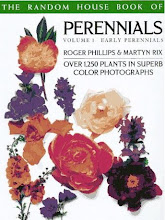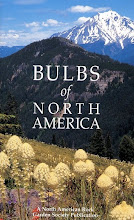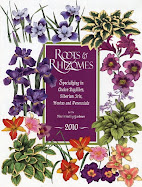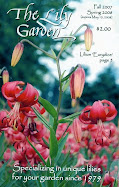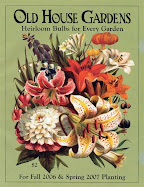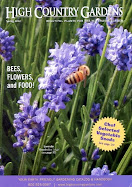A privacy screen is used when you don't want to see what is beyond your property line, which might be the street, or the sidewalk, or in the case of 1 of my clients: a gas station. It gives a sense of enclosure to your garden. It creates a pleasing backdrop to your other plantings. It can become part of a mixed border. It is probably better to use a fence, if your space is tight. But a privacy screen can grow much taller than a fence is permitted. It is often less expensive. Of course, it takes time to grow. I don't recommend clipped hedges, which are high-maintenance & have a rigid, sometimes tortured appearance. Privacy screens can be pruned to limit spread & height, yet maintain a natural appearance.
1 Choose the site. It will most likely lie along your property line. Allow plenty of room: a strip from 5 to 10 feet wide.
2 Choose 3 to 7 shrubs, depending on the length of the strip. Is the site mostly shady or sunny? If it has shade in part & sun in part, choose 3 to 5 shrubs for each part. Do not plant only 1 kind of shrub. That is called a
hedge. Hedges are boring.
3 Buy lots of compost. You can order it by the truckload from
Cedar Grove, or buy it in bags, Cover the garden site 2 feet deep. Plant in the compost.
4 Buy the plants. No single nursery will have all of the plants you want & need. Call around. Look in the phone book under
Nurseries.
5 Space the plants at appropriate distances. Find out how big these plants will get. Give them enough room. If you don’t, you will have to remove them later.
6 Plant shady groundcovers under shrubs.
7 Cover open ground with mulch. Buy shredded bark. Put mulch from your compost pile or worm bin over open spaces in the garden. Always mulch around new plantings. Keep mulch under 2 inches deep.
8 Patrol the strip regularly: become territorial. Pull up weeds. Water regularly during summer. Replace dead shrubs. As the shrubs grow, notice the privacy they provide.
9 Buy pruning tools. You need pruners, loppers & a folding pruning saw. Go to a big hardware store. Cut off dead & broken branches. Do not shear the shrubs like a hedge. Learn about pruning. Buy a book which illustrates pruning & other gardening techniques. The
Sunset Western Garden Book is good to start.
10 (Optional) If you have prepared a 10 foot strip, plant evergreen & deciduous shrubs in front of the spaces between evergreens. This will increase privacy & create more interest in fall & winter. Consider shrubs with fruits & berries, as well as shrubs with colorful fall foliage. A mixed border can also be used.

























































